International Food & Beverage Forum Hall of Fame Opens at Le Cordon Bleu College of Culinary Arts in Chicago
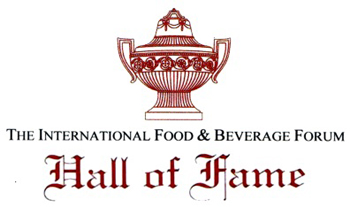 The great work of chefs and those in the hospitality industry is often gone once guests leave the restaurant, but a new Hall of Fame at the esteemed Le Cordon Bleu College of Culinary Arts in Chicago will showcase the work of the best in the industry. Le Cordon Bleu in Chicago has been chosen to house the new International Food & Beverage Forum “Hall of Fame.”
The great work of chefs and those in the hospitality industry is often gone once guests leave the restaurant, but a new Hall of Fame at the esteemed Le Cordon Bleu College of Culinary Arts in Chicago will showcase the work of the best in the industry. Le Cordon Bleu in Chicago has been chosen to house the new International Food & Beverage Forum “Hall of Fame.”
Launched June 23, the new International Food & Beverage Forum Hall of Fame provides international recognition for prestigious chefs, restaurateurs, hoteliers and other food and beverage personalities. The Hall of Fame features certificates, historic menus, commemorative plates from special dinners held around the world, and other items to showcase the success of these respected professionals.
“The new International Food & Beverage Forum Hall of Fame is a gem to share with current and prospective students, as well as visitors to our school,” says Kirk T. Bachmann, president of Le Cordon Bleu in Chicago. “It is an honor for us to permanently house this collection on our campus, as it will serve as a great source of inspiration and a valuable resource to aid in our students’ professional development.”
The grand-opening celebrations began with a 20th-anniversary gala dinner on June 22 at Technique restaurant on the campus of Le Cordon Bleu in Chicago. A ribbon-cutting ceremony followed the next day with remarks from Dr. hc Kurt H. Fischer, founder of the International Food & Beverage Forum. “Le Cordon Bleu is a perfect match for the International Food & Beverage Forum as both organizations share a passion for excellence in the hospitality industry,” Fischer says. “The Chicago location is an ideal home for the International Food & Beverage Forum Hall of Fame to showcase the great work of food and beverage industry personalities who have come before these students and will fuel their passion for the industry.”

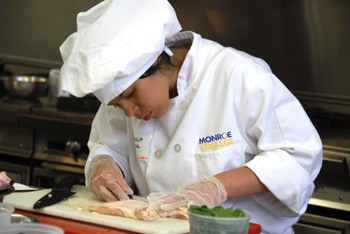 Gabriela Grande, a culinary-arts student at Monroe College in the Bronx, N.Y., has added a victory in the “Lead Like Mike” competition to her list of impressive culinary accomplishments. Grande was the 2010 America’s Best High School Chef winner, a C-CAP student from Food and Finance High School, and the first Monroe culinary student to compete at the American Culinary Federation’s Northeast Regional Conference, where she won a gold medal and finished second overall.
Gabriela Grande, a culinary-arts student at Monroe College in the Bronx, N.Y., has added a victory in the “Lead Like Mike” competition to her list of impressive culinary accomplishments. Grande was the 2010 America’s Best High School Chef winner, a C-CAP student from Food and Finance High School, and the first Monroe culinary student to compete at the American Culinary Federation’s Northeast Regional Conference, where she won a gold medal and finished second overall. 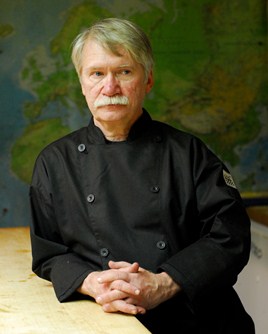 Simply preparing for your classes and delivering material is never sufficient. You have an obligation to yourself, your students and your institution to stay in touch with the industry you represent by building your personal, professional brand.
Simply preparing for your classes and delivering material is never sufficient. You have an obligation to yourself, your students and your institution to stay in touch with the industry you represent by building your personal, professional brand.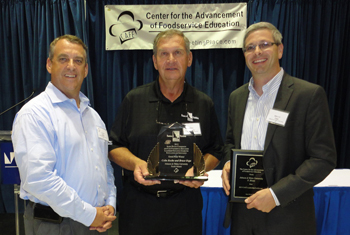 At the 9th-annual CAFÉ Leadership Conference, four educators earned recognition and professional development for unleashing creativity in the culinary classroom.
At the 9th-annual CAFÉ Leadership Conference, four educators earned recognition and professional development for unleashing creativity in the culinary classroom.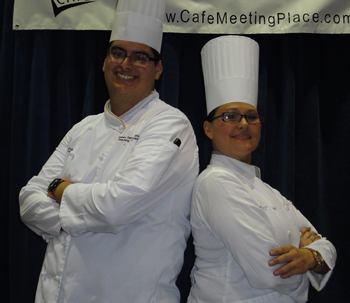 Two students’ winning dishes featuring Mexican avocado were enjoyed by attendees of CAFÉ’s 9th-annual Leadership Conference.
Two students’ winning dishes featuring Mexican avocado were enjoyed by attendees of CAFÉ’s 9th-annual Leadership Conference.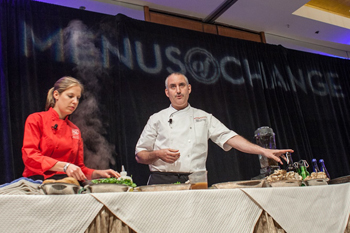 At the inaugural Menus of Change™ summit co-presented by the CIA in June, experts in foodservice, health science and social change presented information on topics relevant to what today’s health- and environmentally conscious consumers expect from corporations, foodservice operators and business leaders.
At the inaugural Menus of Change™ summit co-presented by the CIA in June, experts in foodservice, health science and social change presented information on topics relevant to what today’s health- and environmentally conscious consumers expect from corporations, foodservice operators and business leaders.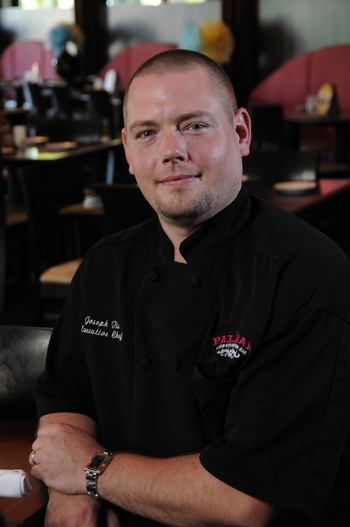 Paladar Latin Kitchen & Rum Bar honors the diversity of South and Central America and the Caribbean by representing several regions on the menu, overseen by executive chef Joseph Tis. Although applications and flavors are authentic, the menu must have broad appeal. After all, just what does Latin food really mean?
Paladar Latin Kitchen & Rum Bar honors the diversity of South and Central America and the Caribbean by representing several regions on the menu, overseen by executive chef Joseph Tis. Although applications and flavors are authentic, the menu must have broad appeal. After all, just what does Latin food really mean? Recognizing and respecting differences among people is characteristic of our industry, and a reality in most workplaces. In the classroom, honoring differences also creates a positive environment where everyone is welcome and feels safe and included.
Recognizing and respecting differences among people is characteristic of our industry, and a reality in most workplaces. In the classroom, honoring differences also creates a positive environment where everyone is welcome and feels safe and included.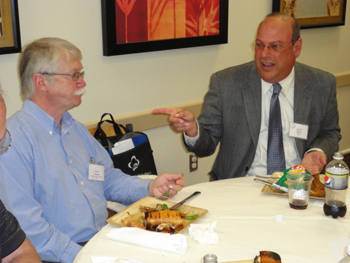 From opening and staring into a hot oven until the inside temperature plummets to reasons not to overcrowd a frying pan, Chef Weiner discusses how to successfully teach some hard-to-learn rules in the culinary classroom. For one common practice among students, however, he still seeks a solution.
From opening and staring into a hot oven until the inside temperature plummets to reasons not to overcrowd a frying pan, Chef Weiner discusses how to successfully teach some hard-to-learn rules in the culinary classroom. For one common practice among students, however, he still seeks a solution.